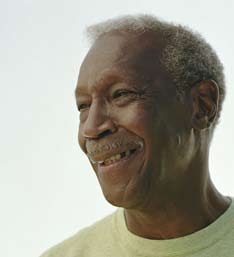Microsoft word - pi718w0908 - vitamin d3 oral liquid.doc
Bio-Logical Vitamin D3 Solution 1000 IU per 0.2 mL Concentrated Vitamin D3 Oral Liquid – 50mL bottle Information for doctors » Hypercalcemia Use in pregnancy and during » Hypervitaminosis D lactation: » Renal osteodystrophy with There are not sufficient data on the use Name of Medicine pregnancy. In principle, the preparation Cholecalciferol Interac

 Transuretheral resection of the prostate (TURP)
This information tells you about an operation on the prostate
Transuretheral resection of the prostate (TURP)
This information tells you about an operation on the prostate  Transuretheral resection of the prostate (TURP)
An operation to cut away part of your enlarged prostate
What can I expect after the operation?
Transuretheral resection of the prostate (TURP)
An operation to cut away part of your enlarged prostate
What can I expect after the operation?